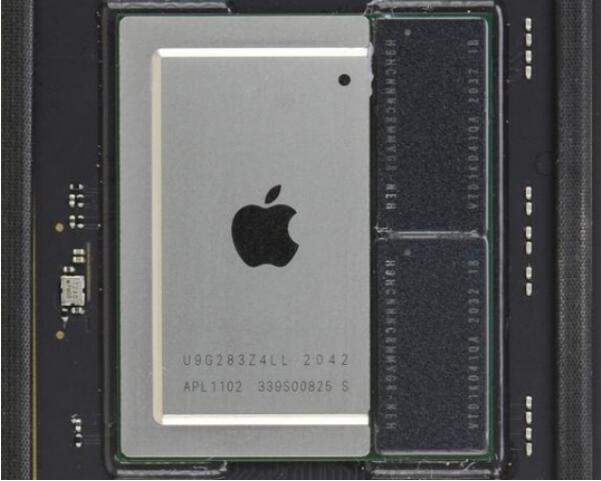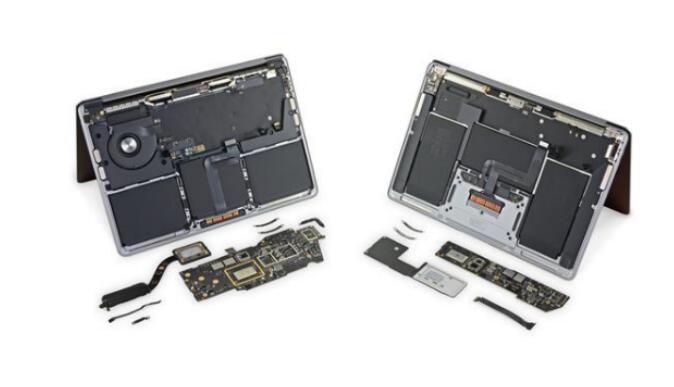Apple M1 Chip, Whether It Is Good or Not?
Apple has released its M1 SoC. M1 uses the same A14 CPU as the latest iPhone. It’s the first non-x86 CPU architecture that challenges companies such as AMD and Intel in the past ten years. From then on, many integrated tests of Apple M1 chip are made along with AMD and Intel. These all show that M1 is leading in many fields. So here is our view: M1 itself won’t destroy the market share of Intel and AMD. But will be a threat to both companies in the long run.
We experienced the new 13-inch Apple MacBook Pro, which features its own M1 chip instead of an Intel processor.

This involves architectural transformation. As we all know, there are two most common architectures in the PC market today. One is the x86 architecture represented by Intel. The other is the ARM architecture of the Apple M1 chip.
Different architectures have different instruction sets. And different instruction sets correspond to different applications. But they are not easily ported to each other. How to make the Mac with M1 chip run the software smoothly, which downloaded by x86 before? This has been the biggest challenge for Apple. Surprisingly, Apple can run ARM architecture on a computer so matured for the first time. This is unexpected.
Apple M1 chip,
PC (CineBench R23) score: single-core 1500, multi-core 7500. The single-core performance ranks in the top 10. Just behind the latest 5000 series of AMD and the latest 11 generation of Intel. Multi-core performance is a little weak, inferior to AMD 4750G, better than 4650G.
Mobile terminal (GeekBench 5) score: single-core 1700, multi-core 7100. This proved that it was the mobile terminal leader.
MAC mini score (GeekBench 5) : single-core 1700, multi-core 7100.

The single-core scores of the previous MAC with Intel CPU were all crushed by M1. The multi-core performance of M1 is also not weak. The 8-core 3.2G is better than Intel 9 generation i9, but inferior to the 10 generation i7. In short, it has no rival within the range of single-core, and the multi-core range is also among the best.
M1 has two DRAM particles encapsulated on the substrate. CPU, GPU, NE and other unlisted units are connected with the two DRAM particles and Cache via a unified Fabric bus. 2 Tbps=256 GB/s bandwidth can be provided at 2 GT/s transmission frequency. M1 has four stacked HBM2 memory particles per memory. It can provide 1024bit width, which is 10 times that of single-channel DDR4 3200. This can effectively alleviate memory bandwidth requirements. Even in the future with a higher GUP, CPU with more core. Or more other dedicated units with better performance. The unified cache can save memory bandwidth and reduce access latency to some extent.
A unified memory and cache allow CPU, GPU, NE and other units to share memory bandwidth and data. So there is no need to equip a separate video memory for GPU separately.
Apple has always had a strong ecological dominance. This ensures almost all applications on Mac can only be developed with their own compiler. Applications use the unified various APIs and frameworks provided by Apple. It can take better advantage of the unified memory architecture. So the M1 chip on Macbook is really strong for now.

Leave a Comment